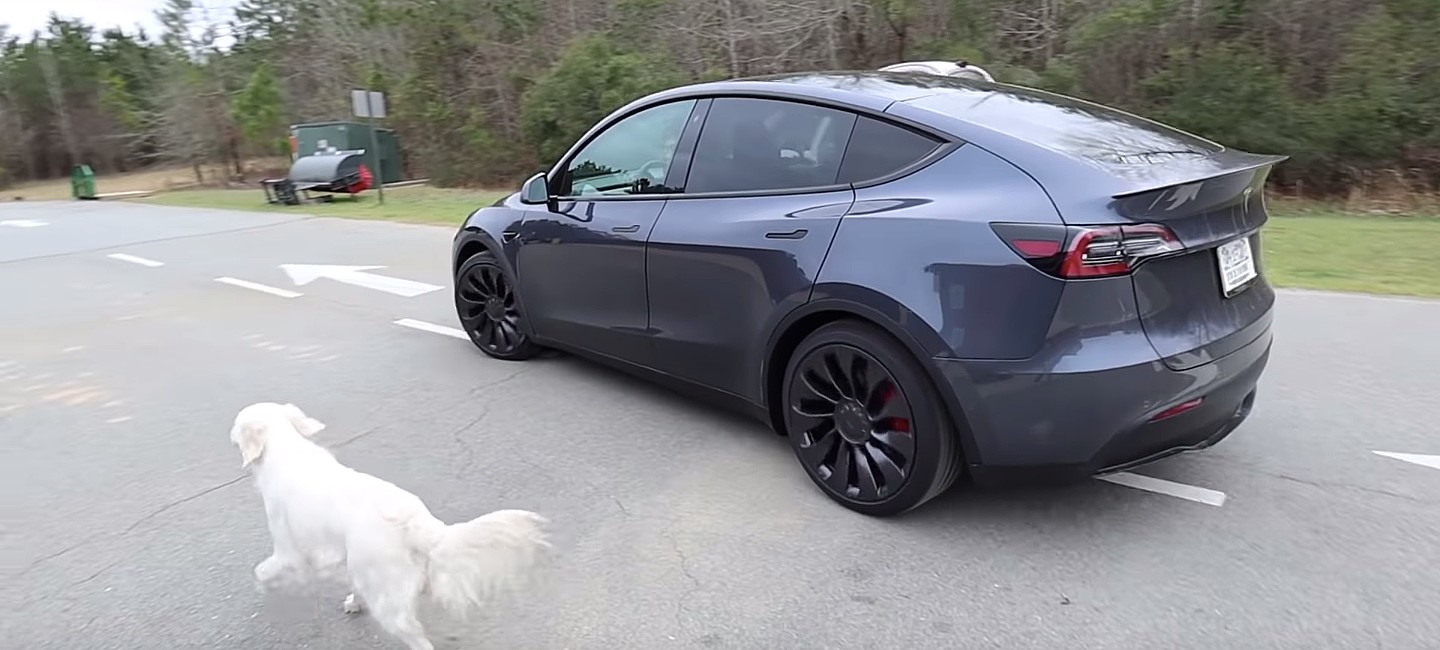M3P has acceleration limit of 1g. It takes effect till around 78km/h, starting from this point m3p not able to get 1g due to powertrain design limitations.
If you are looking forward straight line acceleration- use narrowest possible front tyres with largest diameter and even larger diameter rear...i.e. 225/50/18F+265/45/18R(or whatever you can feet without scrubbing).
Always choose the lightest rim/tyres. It plays big role while you pass 1g start limit zone.
Alway get rid of any possible extra weight in car
If you are looking forward straight line acceleration- use narrowest possible front tyres with largest diameter and even larger diameter rear...i.e. 225/50/18F+265/45/18R(or whatever you can feet without scrubbing).
Always choose the lightest rim/tyres. It plays big role while you pass 1g start limit zone.
Alway get rid of any possible extra weight in car



